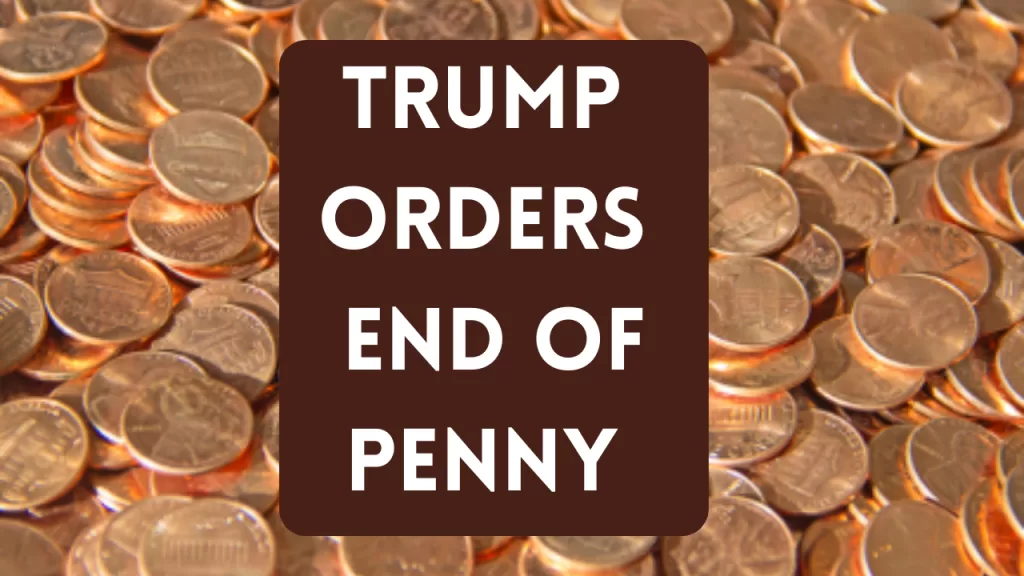Impact of End of Penny Production
The decision to cease the production of the penny has sparked significant debate across economic, social, and financial sectors. While some view it as a practical step towards modernizing the economy, others express concern over potential repercussions, particularly on pricing strategies and consumer behavior. This article examines the multifaceted impact of discontinuing the penny, considering cost savings, inflationary effects, and the broader implications for businesses and consumers.

Cost Savings and Economic Efficiency
One of the primary arguments in favor of eliminating the penny is the cost of production. In many countries, the cost of minting a penny exceeds its face value. For example, in the United States, the production cost of a single penny has been higher than one cent for years due to rising metal prices and manufacturing expenses. By ceasing production, governments can allocate resources more efficiently, potentially redirecting funds toward more economically beneficial projects.
Businesses also stand to benefit from streamlined cash handling. Counting and storing pennies impose additional operational costs on retailers and financial institutions. The elimination of the penny could reduce transaction times, simplify cash management, and improve overall efficiency in financial transactions.
Inflationary Concerns and Rounding Effects
One of the primary concerns surrounding the removal of the penny is its potential impact on inflation. Some fear that businesses may round prices upward when pennies are no longer in circulation, leading to increased costs for consumers. However, empirical evidence from countries that have already phased out their lowest denomination coins—such as Canada, Australia, and New Zealand—suggests that rounding effects tend to be neutral in the long run.
Rounding systems typically dictate that transactions be rounded to the nearest five-cent increment when using cash, while digital payments remain unaffected. Studies have shown that the rounding process averages out over time, mitigating fears of systemic price increases. Additionally, digital transactions, which make up a growing share of consumer purchases, will not be impacted by rounding rules, further reducing inflationary concerns.
Consumer and Business Adaptation
The shift away from pennies would require adjustments from both consumers and businesses. Retailers would need to update pricing strategies and point-of-sale systems to accommodate rounding policies. Consumers, particularly those who rely heavily on cash transactions, may initially struggle to adapt. However, experiences from other economies suggest that the transition is relatively smooth and short-lived.
Furthermore, eliminating the penny could accelerate the ongoing trend toward cashless transactions. With digital payments becoming increasingly dominant, physical currency—including small denominations—may become progressively less relevant. Businesses that adapt to digital payment solutions may gain operational efficiencies while catering to the preferences of modern consumers.
Broader Implications for Monetary Policy
The discontinuation of the penny also raises broader questions about the future of physical currency. As digital payment solutions gain traction, the necessity of other low-denomination coins may come under scrutiny. Governments may eventually consider phasing out additional coins or even promoting digital currencies as a more efficient medium of exchange.
Additionally, the symbolic nature of currency cannot be overlooked. The penny holds historical and cultural significance in many societies. Policymakers must balance economic efficiency with public sentiment when making decisions about currency discontinuation.
Conclusion
The end of penny production represents a significant yet manageable transition for modern economies. The potential cost savings for governments and businesses, combined with the minimal impact on inflation, suggest that phasing out the penny is a rational economic decision. While some initial adaptation may be required, historical precedents indicate that both businesses and consumers can adjust without major disruption. As digital transactions continue to gain prominence, the role of physical currency will likely continue to evolve, shaping the future landscape of monetary systems worldwide.
